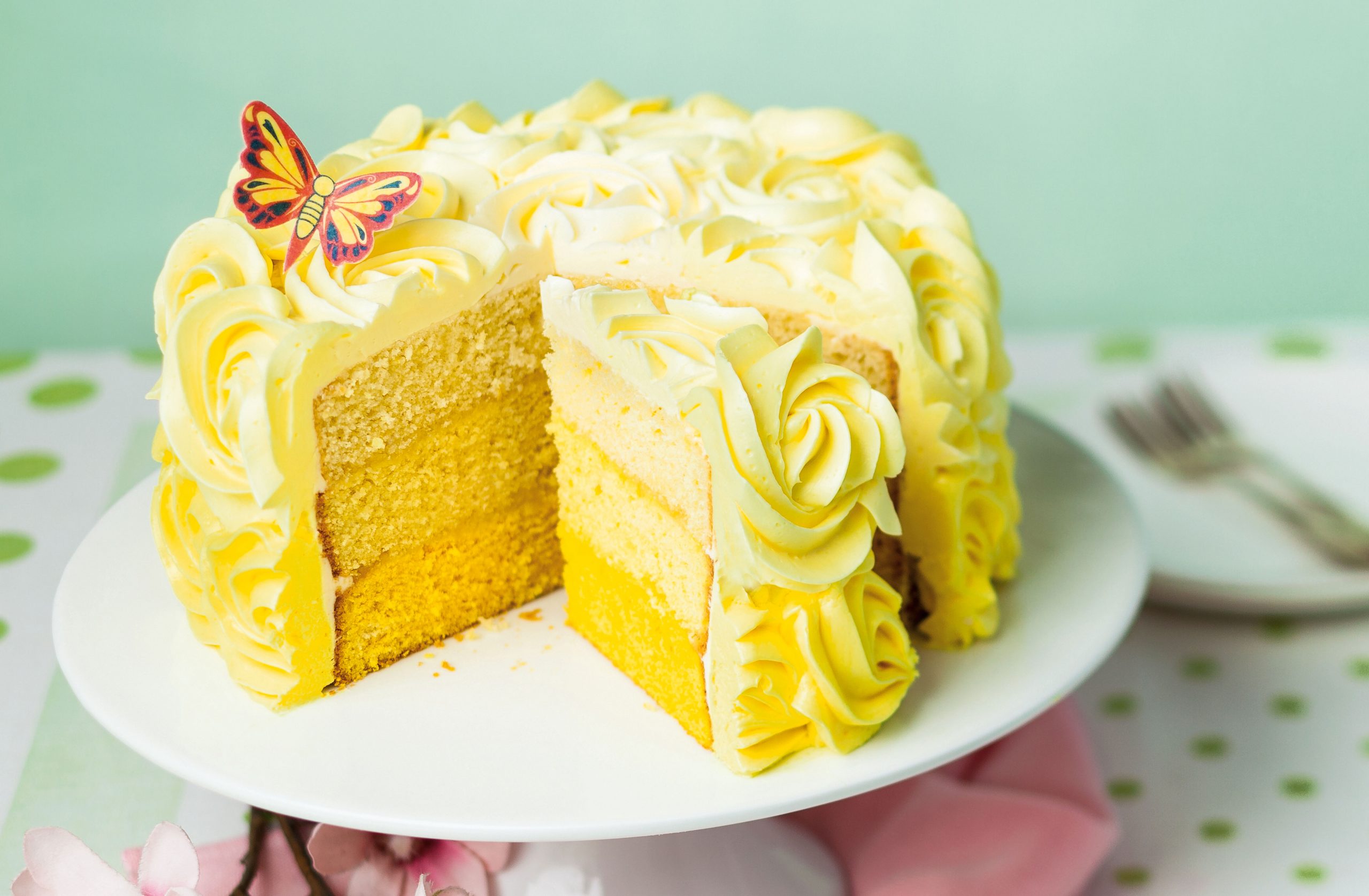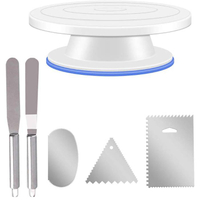Jessica Ransom
Our lemon ombre cake is a real show-stopper and makes the perfect alternative to traditional birthday cake.
Lemon drizzle cake is one of the nation’s favourite bakes but it can look a little underwhelming and isn’t as impressive for birthdays or parties. This ombre cake uses the flavours of lemon drizzle but uses yellow food colouring to achieve a dramatic presentation. Making Italian meringue buttercream takes longer than traditional buttercream but the flavour is less sweet and the texture is light and mousse-like. we promise it's worth the effort.
Ingredients
- 350g butter, softened
- 350g caster sugar
- 350g self-raising flour
- 6 large eggs
- Finely zested rind of 2 lemons
- 3tbsp milk
- Yellow food colouring
For the filling:
- 6-8tbsp lemon curd
For the Italian meringue buttercream:
- 300g caster sugar
- Pinch of salt
- 150g egg whites
- 500g unsalted butter
- Few drops of lemon extract
For the decoration:
- Yellow food colouring
- 1-2 edible wafer butterflies
WEIGHT CONVERTER
Method
- Set the oven to 190C (170C fan, Gas 5). Grease and line the base of three 20cm sandwich tins.
- Tip the butter, sugar, flour, eggs, lemon zest and extract, and milk into a bowl and beat well until the mixture is combined and smooth.
- Spoon out one-third of the mixture into a tin. Colour the rest yellow and spoon out half of this mixture into another tin. Add more colouring to the remaining mixture then spoon into the final tin. Bake the cakes for 25-30 minutes, until they’ve risen and feel just firm to the touch.
- Remove the cakes from the oven. Leave them to cool in the tins for 5 minutes, then transfer them to a wire rack to cool.
- For even layers, we recommend trimming the tops off the cakes if there is a slight dome. This makes it easier to sandwich the cakes together and will make slicing the finished cake easier too. However, this step is optional.
- Spread lemon curd between the layers and stack the cakes with the darkest sponge on the bottom and the lightest cake on top.
- To make the Italian meringue buttercream, pour 100ml water into a pan and add 250g sugar and salt. Place the pan on the hob and stir until the sugar dissolves. Bring the mixture to a boil. Use a damp pastry brush to wash down any sugar crystals on the sides of the pan. Boil the mixture rapidly, without stirring it until it reaches 121C. When the syrup reaches over 100C, start whisking the egg whites in a stand mixer and whisk until stiff. Once the egg whites are stiff you can whisk in the remaining 50g sugar.
- As soon as the syrup reaches 121C, remove the pan from the heat, and with the stand mixer on full speed, gradually pour in the syrup in a thin stream, taking care that it doesn’t splatter out. Continue whisking the mixture for about 5-10 minutes until the bowl feels just lukewarm.
- Gradually whisk in the butter. The mixture will collapse a little and may look like it’s curdled, but keep whisking until it forms a smooth, fluffy buttercream. Add the lemon extract to taste.
- To decorate the cake, spread a thin layer of Italian buttercream over the top and sides of the cake to level and smooth the top and sides. Fill a piping bag with some buttercream. Starting in the centre of the cake, pipe a rose swirl.
- Empty the buttercream in the piping bag back into the bowl. Add some yellow colouring to it and beat well. Refill the piping bag and squeeze the first bit of icing back into the bowl as it will still be uncoloured. Pipe about 5-6 roses around the first one. Repeat this process until all the buttercream is used up and you have a variety of piped roses in different shades of yellow.
- If the buttercream becomes very soft, chill it in the fridge before continuing. Cover cake completely with the rose swirls. Before serving add your edible butterflies then slice and enjoy!
Top tip for making lemon ombre cake
We have lots of alternative ideas for how to decorate this lemon ombre cake and have advice on how to achieve the smoothest finish on your icing. If you’re fed up with food colourings that don’t perform, read food writer Jessica Ransom’s recommendation.
How many layers do you need for an ombre cake?
For the most dramatic results, we recommend having at least three layers of cake to achieve a good ombre effect once cut. As a minimum we recommend having two cakes, however this isn’t as effective as it can just look like you have baked two different cakes. You can do more than three layers if you like but you will need more cake tins. You might want to consider using smaller tins to make this batter quantity go further. The slices of your cake will be very tall if you have lots of layers so when you serve, consider cutting the slices quite thin otherwise the portion will be too much.
How can I decorate a cake at home?
The simplest way to decorate a cake is with a dusting of icing sugar. You can also make a frosting as this recipe suggests and when you have an icing there are lots of ways to pipe it. Instead of piping roses, you could make some flowers from icing instead. Read our guide on how to make sugar roses for some helpful tips. You can also buy readymade edible decorations. We have used edible wafer butterflies in this recipe but you can get lots of different designs and colours. You could also top the cake with pieces of candied lemon peel or slices of sugared lemons. For more inspiration check out these 21 easy cake decorating ideas and toppings
What is the best food colouring to use?
Supermarket food colourings can sometimes be a little weak and require you to use a lot in a recipe in order to achieve dramatic results. Food writer Jessica Ransom recommends Colour Mill oil-based food colourings. She says: ‘I have used these food colourings when making rainbow cakes and was impressed and how a little drop of colour goes a long way. I recommend adding in 1/4tsp increments until you reach your desired colour.’
Using a cake turntable will help when you come to ice the cake and will enable you to achieve professional-looking results. This kit also comes with two palette knives and three icing smoothers.
Cake Decorating Rotating Turntable Stand - View at Amazon
If you’ve ever wondered how professional cake makers get such smooth icing on their cakes, it’s because they are using a turntable and icing smoothers. Plus, they’ve had years of experience! This kit is great for enthusiastic bakers who want to take their presentation skills to the next level. Use the flat edge of the scraper for a smooth finish or one of the serrated sites for a textured icing decoration.
Our lemon cake with poppy seeds is another attractive bake once you cut inside and seed the speckled cake batter. For something more indulgent you could make our lemon curd cake which has lemon curd in the filling and frosting as well as a lemon syrup. If you like cream cheese, try making our lemon pound cake. We use it in the cake batter for a rich flavour boost.
Sue McMahon is a former Food and Recipes Writer at GoodTo and Cooking Editor at Woman's Weekly. Her primary passion is cakes and Sue regularly travels the world teaching cake decorating. Her biggest achievement to date was winning the Prix d’honneur at La Salon Culinaire International de Londres beating over 1,200 other entries.
- Jessica RansomSenior Food Writer
-
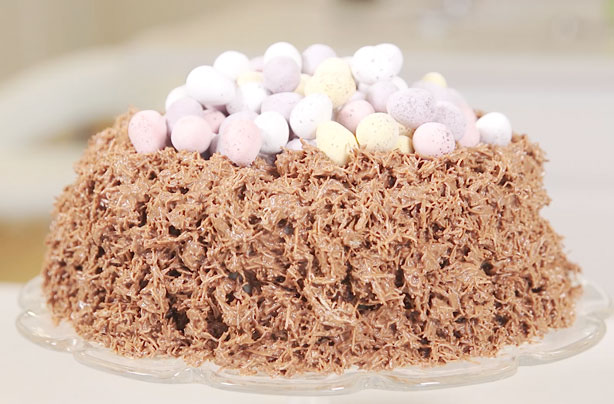 Easter nest cake
Easter nest cakeThis simple and chocolate covered Easter nest cake is perfect for Easter. With plenty of Mini Eggs for decoration, the kids are just going to love it
By Jessica Dady Published
-
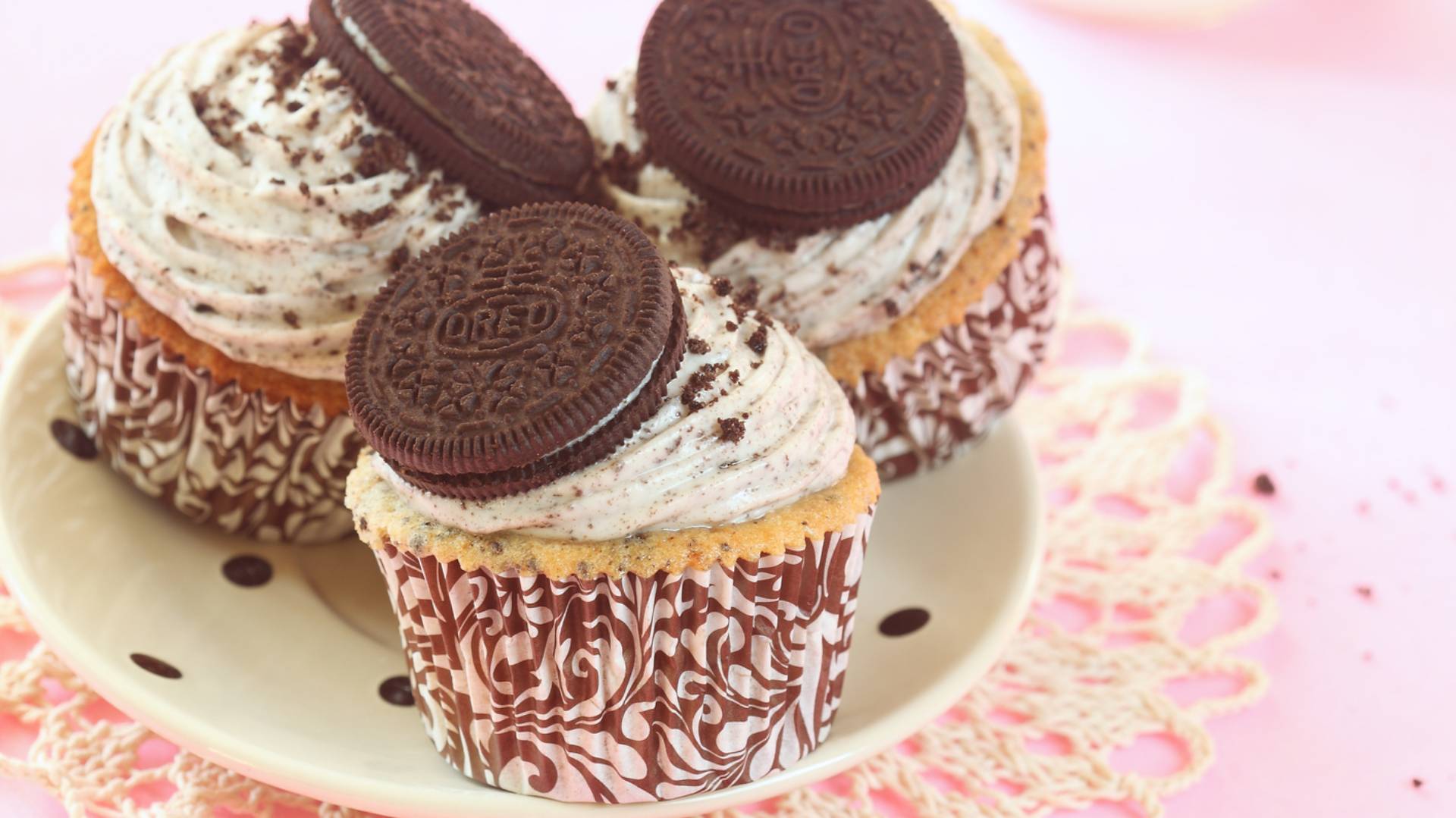 Oreo cupcakes
Oreo cupcakesBy Jessica Dady Published
-
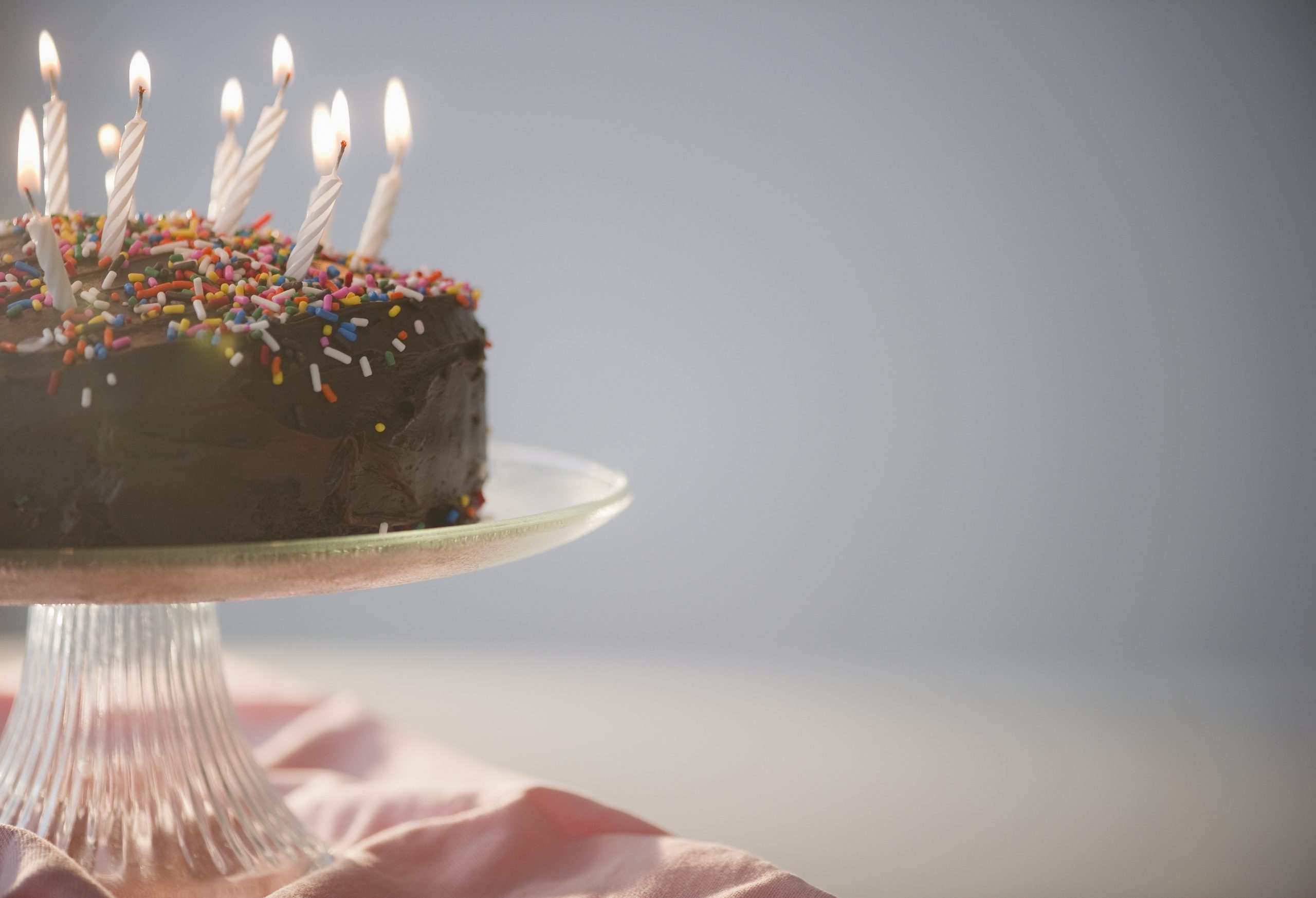 Chocolate birthday cake
Chocolate birthday cakeOur chocolate birthday cake recipe is the perfect treat for anyone celebrating a special milestone - and is ready in just six simple steps.
By Jessica Dady Published
-
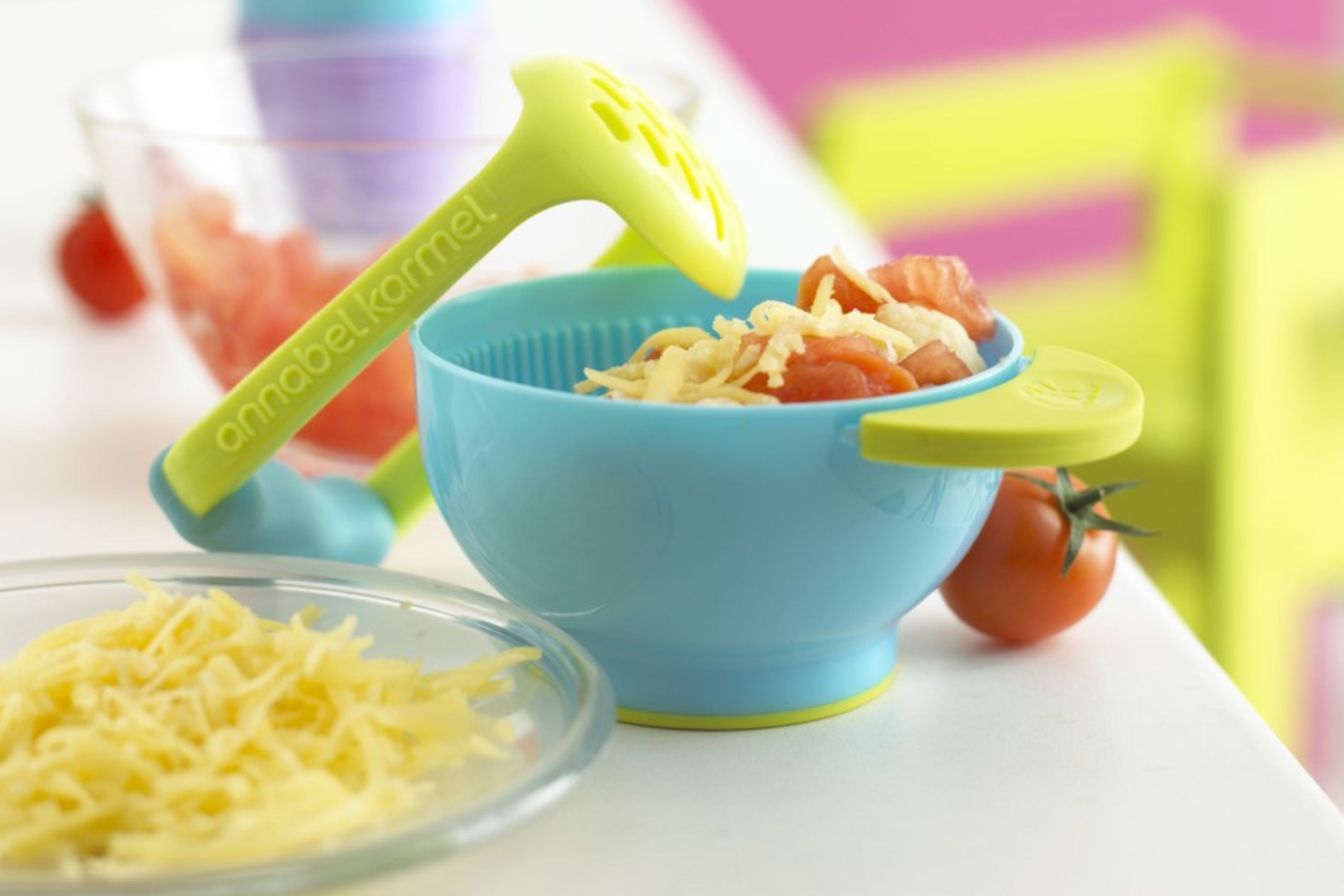 Annabel Karmel's trio of vegetables with tomato and basil
Annabel Karmel's trio of vegetables with tomato and basilSuitable for six months plus, this baby food by nutritional expert Annabel Karmel is made with a whole heap of veggies...
By Annabel Karmel Published
-
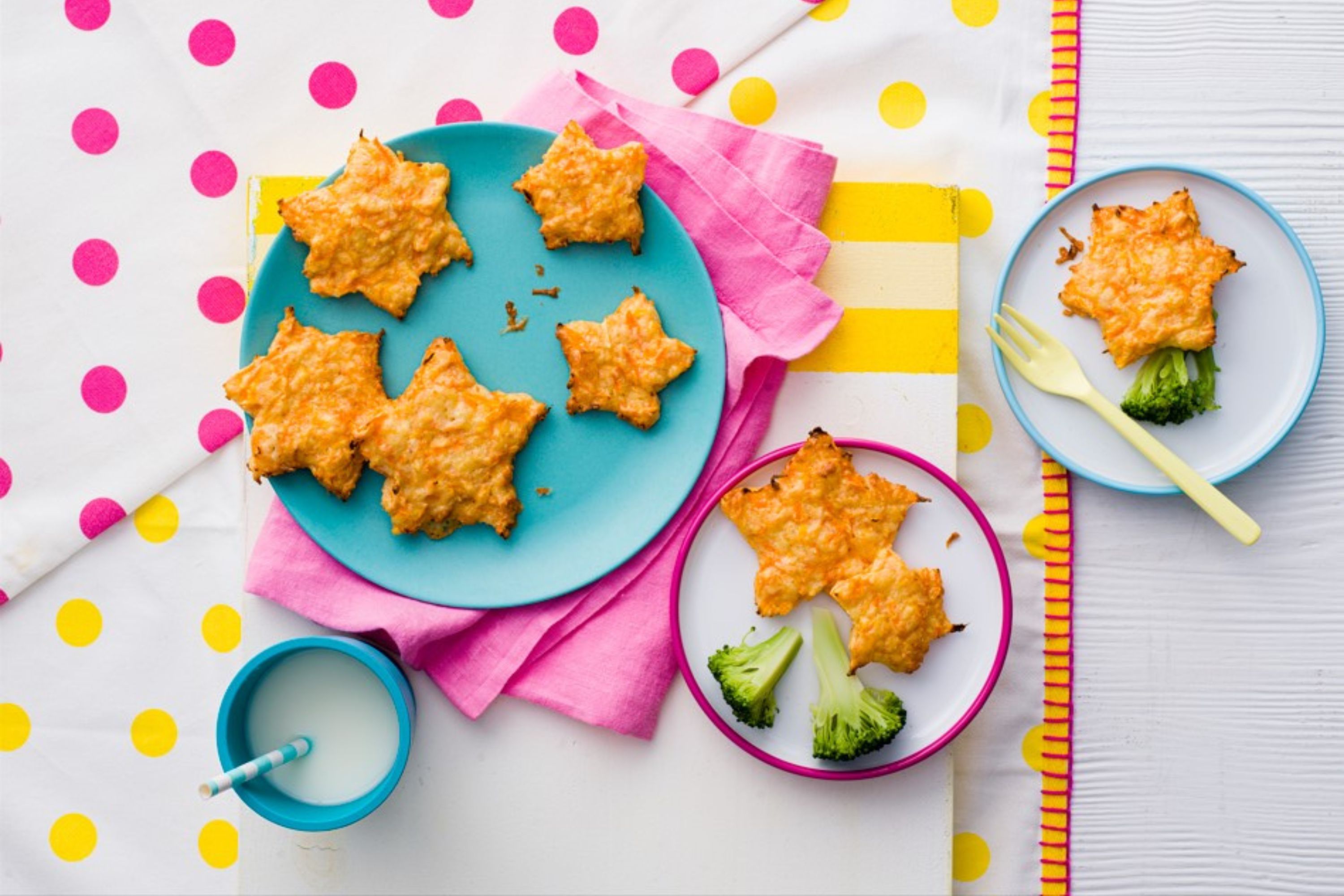 Annabel Karmel's cheesy carrot stars
Annabel Karmel's cheesy carrot starsThese flavour-packed cheesy carrot stars by Annabel Karmel are perfect for introducing finger foods to your little one...
By Annabel Karmel Published
-
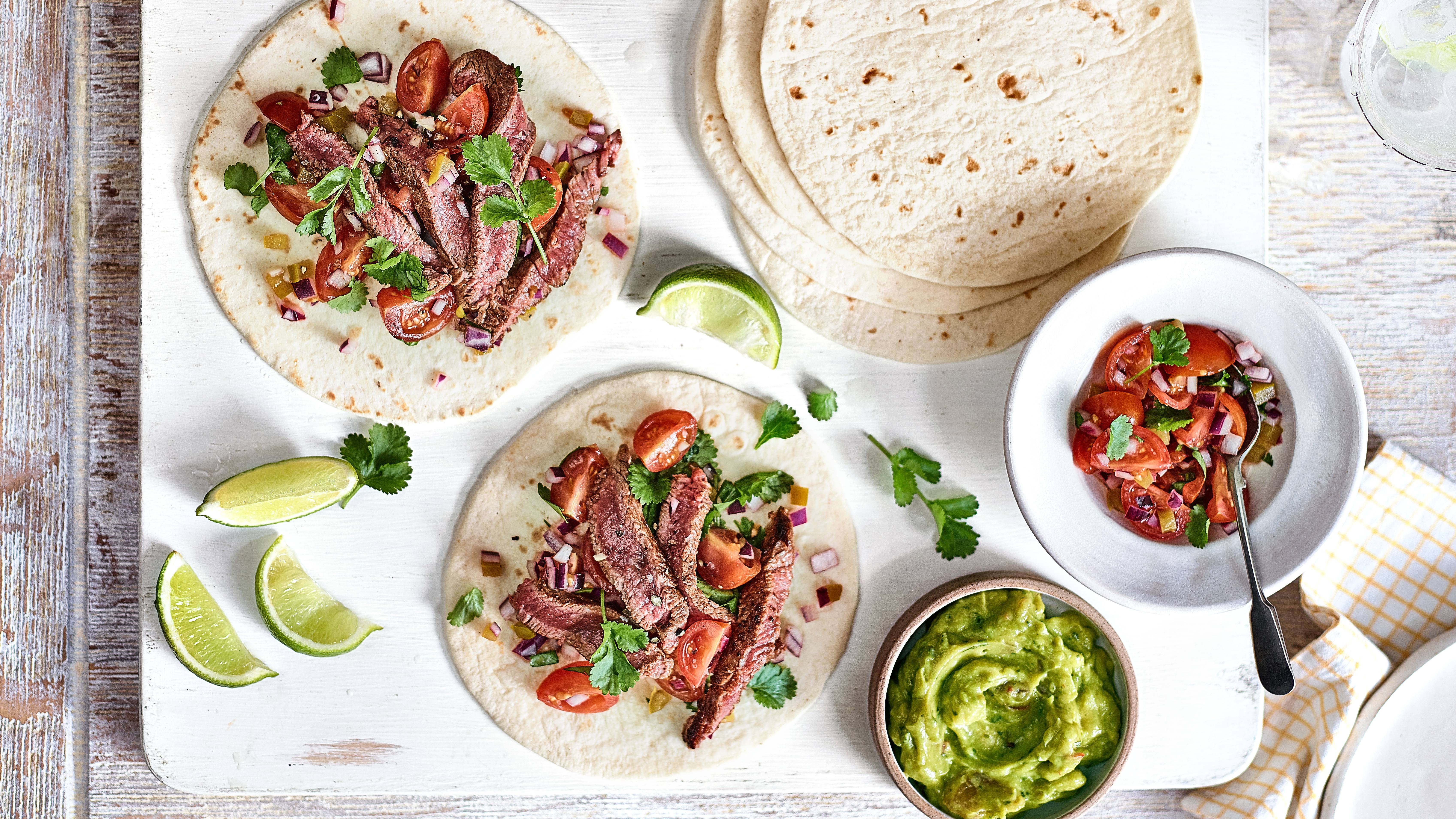 Steak and salsa wraps
Steak and salsa wrapsOur steak and salsa wraps are one of those build-you-own suppers the teens in your house will love...
By Jessica Ransom Published
-
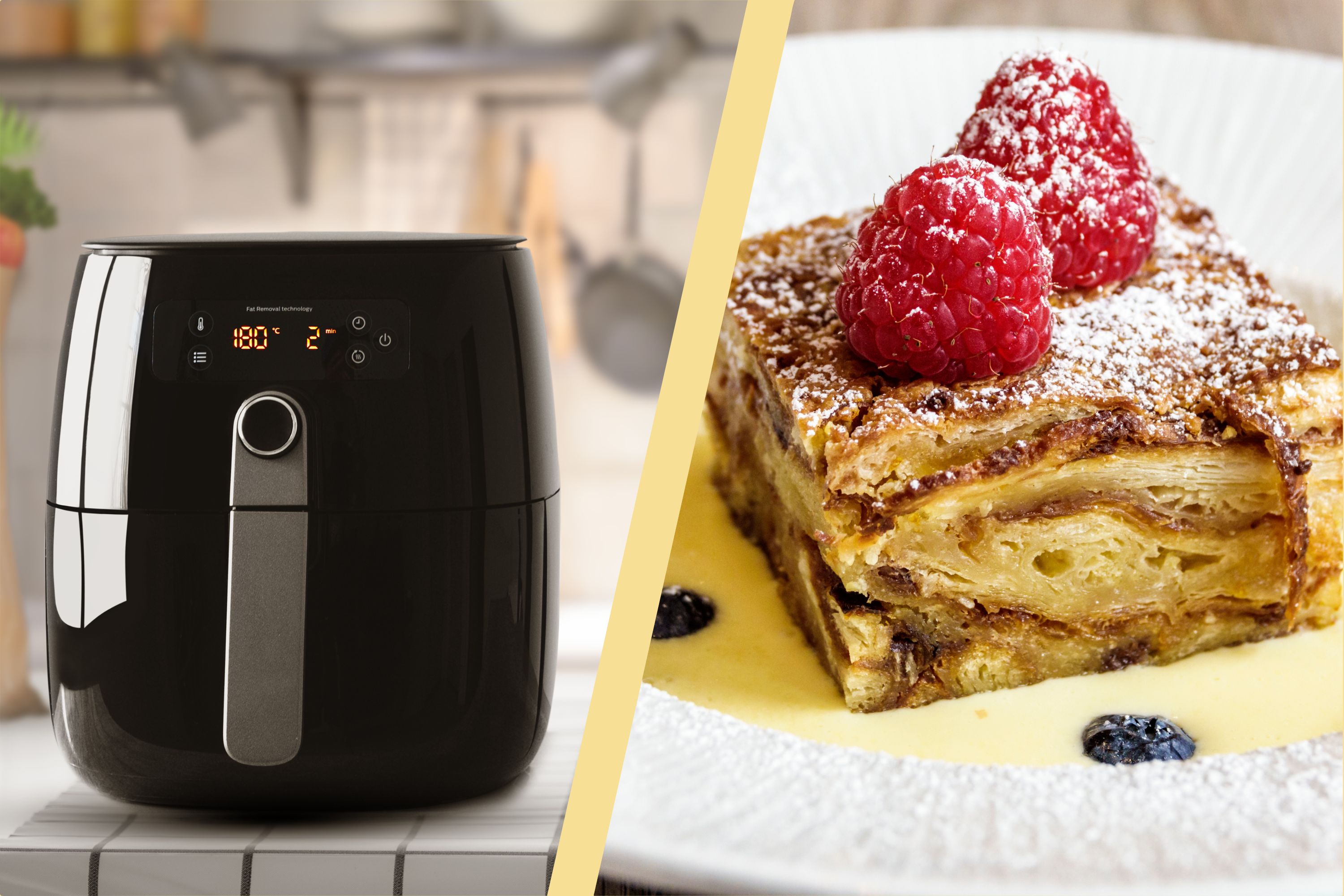 4 ingredients and 15 minutes to make this classic British dessert in your air fryer
4 ingredients and 15 minutes to make this classic British dessert in your air fryerYou can make bread and butter pudding in an air fryer using just four basic store cupboard ingredients, thanks to one TikTok influencer's recipe.
By Ellie Hutchings Published
-
 Great British Bake Off contestants 2023: The line-up confirmed ahead of Series 14
Great British Bake Off contestants 2023: The line-up confirmed ahead of Series 14Here's who's going head-to-head in the bakers tent
By Selina Maycock Published
-
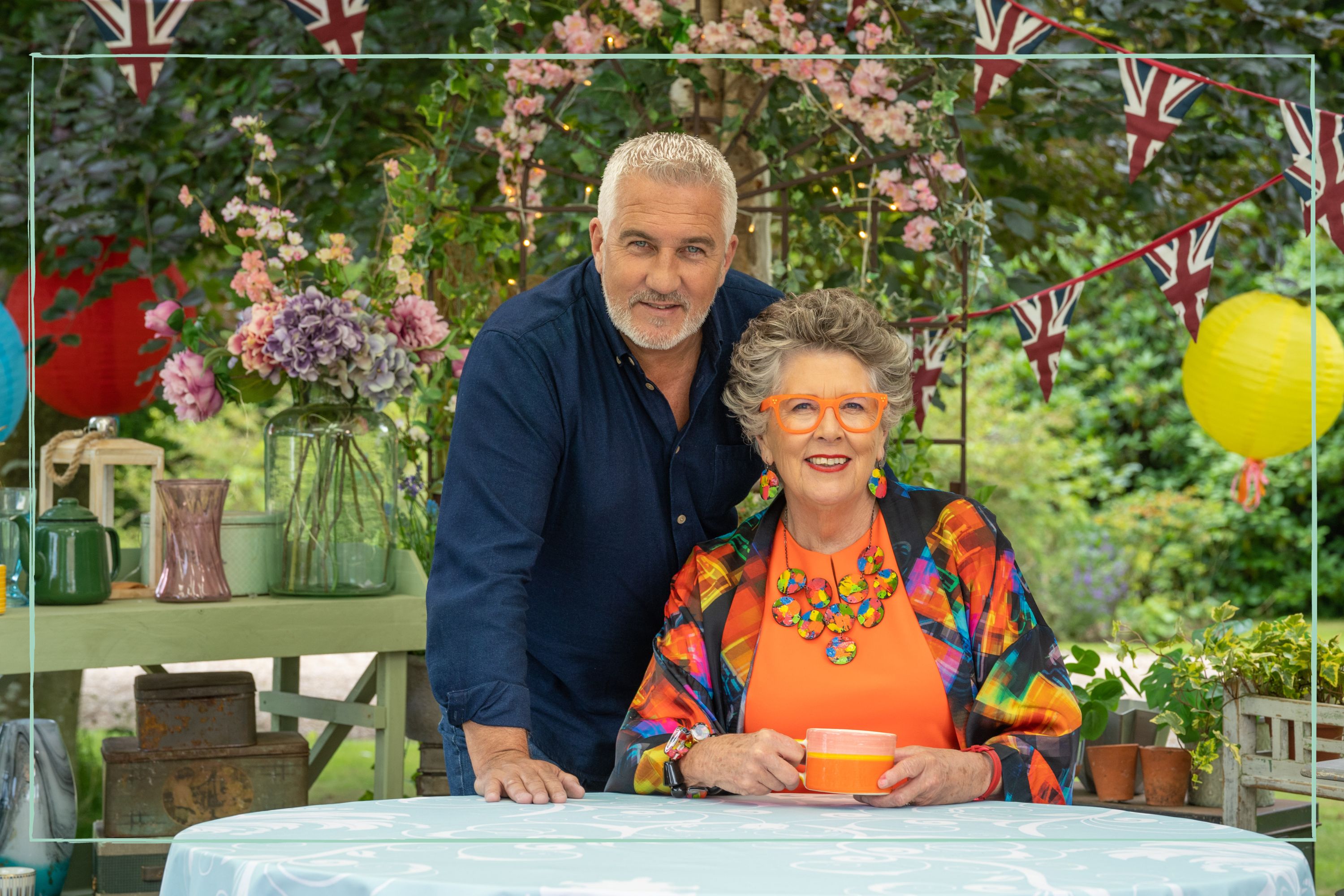 How to apply for The Great British Bake Off - including these money can’t buy tips from producers
How to apply for The Great British Bake Off - including these money can’t buy tips from producersProducers are looking for keen bakers to apply to be a contestant on The Great British Bake Off.
By Selina Maycock Published
